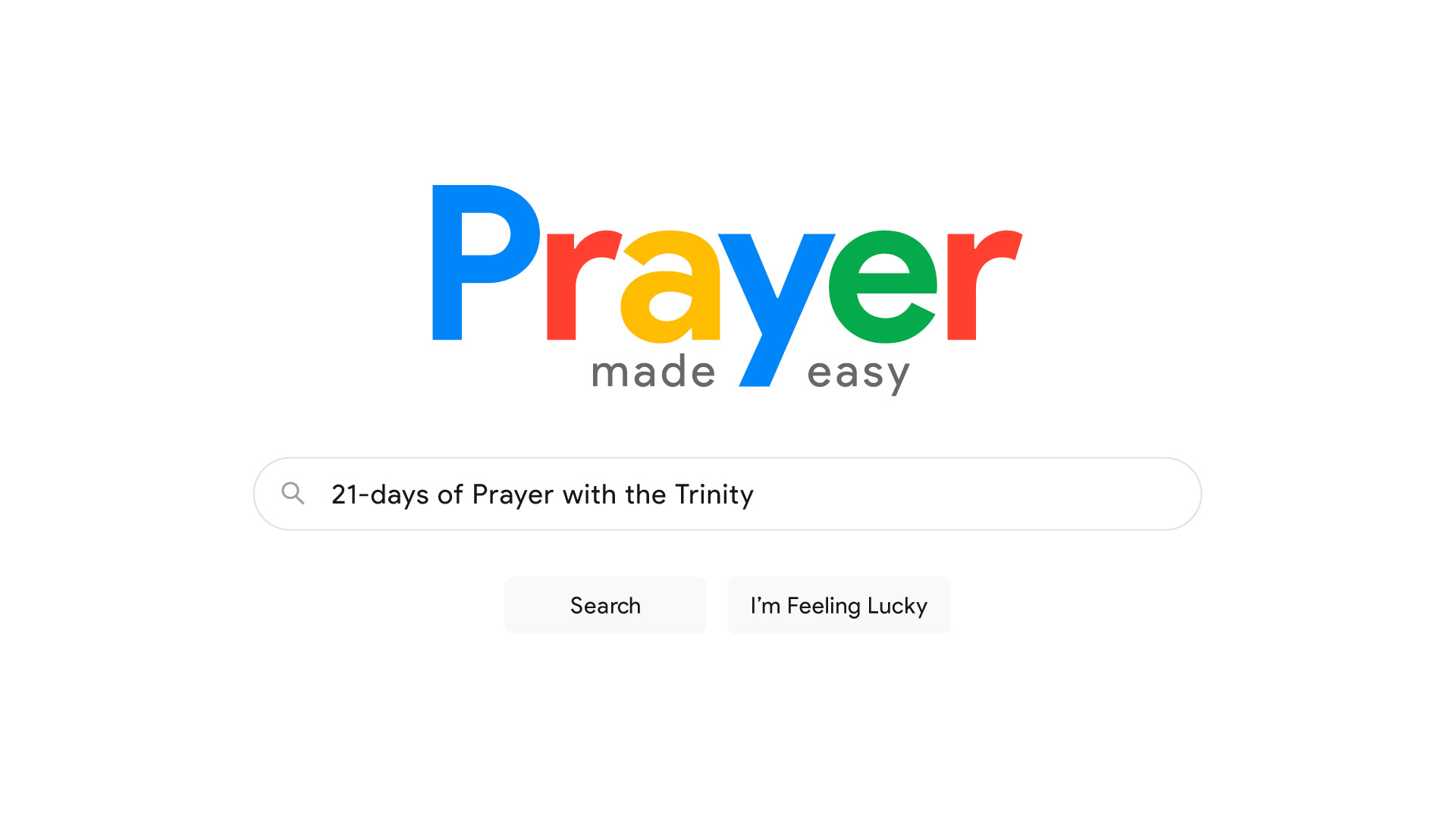
If you sense God has more for your life, 21 Days of Prayer is a great place to start believing Him for all that He has for you. As you practice seeking Him first, He will move on your behalf like never before. You will start to see the power of prayer impact your relationships, work, family, and every area of your life. Over the next 21 days, January 15-February 3, we will cultivate a culture of prayer throughout New Life that can reach all ages and set the tone for the new year.
These prayer meetings are not meant to be isolated opportunities for prayer. Our desire is that, as we continue to pray, we uncover more of the Father and our personal prayer lives deepen and expand. Here, you will find a variety of information on prayer to help you as you prepare for the next 21 days. We ask that you commit to attending these prayer meetings and add your number to our counter. How amazing is it to physically see the commitment of our church to prayer in this season?
Our theme is called, “Prayer Made Easy: 21-days of Prayer with the Trinity.” This year we will look at how God causes the hardest of prayers to become easy in light of His work for us and in us. Even more specifically, we will explore the role of the Trinity in allowing us to engage in prayer in a way that allows us to be both effective and healthy in prayer.
During this season of prayer, we also encourage fasting as a spiritual next step that can bring clarity and revelation into your life. As a church, we will be participating in a Daniel Fast. You can find more information about how to prepare and participate below.
“Finally, the culmination of our 21 Days of Prayer is our annual Prayer Summit. For three hours, at the Deep Creek campus, we will worship, pray, and be inspired in our prayer lives through the ministry of our keynote speaker, Heidi Baker. This event will also be streamed on newlife.global and available for replay on our YouTube channel.”
Whether you join us in person or online, we would love for you to be part of 21 Days of Prayer.
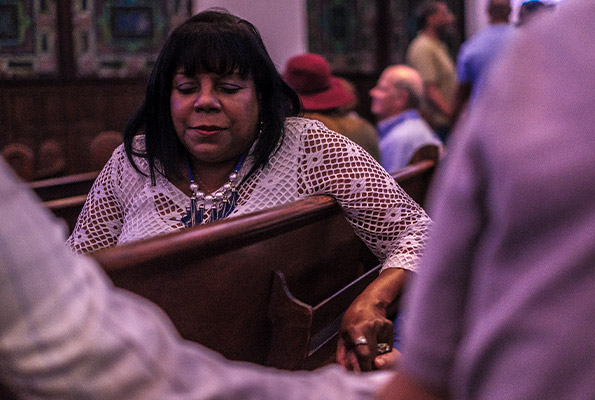
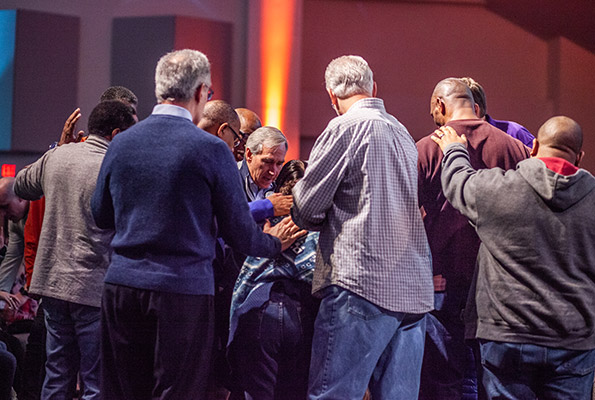
21 Days of Prayer Schedule
Monday
Morning Prayer
8:00a
Online (Join Us Here)
Tuesday
Evening Prayer
6:45p
Ghent
Wednesday
Morning Prayer
6:30a
Kempsville
Afternoon Prayer
12:00p
Deep Creek
Evening Prayer
6:30p
Kempsville
Thursday
Morning Prayer
6:30a
Town Center
Friday
Morning Prayer
6:30a
Deep Creek
Saturday
Pre-service Prayer
5:30p
Kempsville
Sunday
Pre-service Prayer
8:30a
Kempsville
Town Center
9:30a
Deep Creek
Ghent
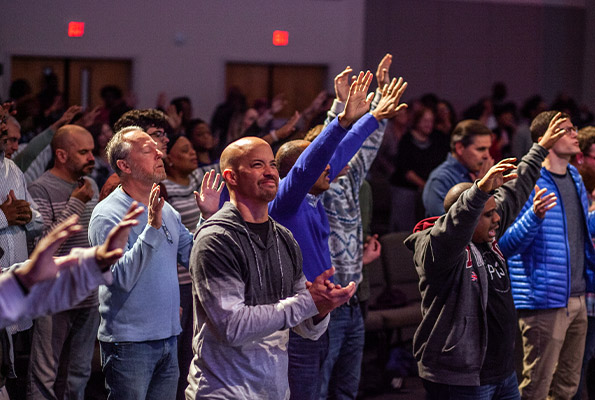
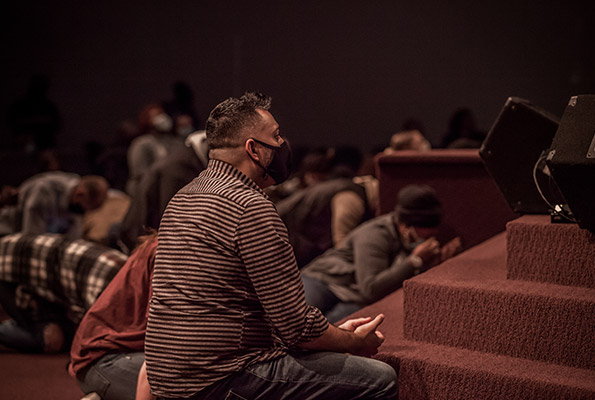
Devotional Booklet
Prayer Made Easy: 21-days of Prayer with the Trinity
Our staff has written a 21-day Devotional to guide the church through praying with the Trinity this Month of Prayer. They are available at all of our campuses for purchase during weekend services and a digital version is available soon.
As we pray for 21 days, our plans for our prayer time can vary, maybe including worship music, Bible reading, and quiet time to listen to God. It doesn’t always have to look the same; it just helps when we have a plan for connecting regularly with God. Below are four different models of prayer that you could try:
Prayer is not only communion with God; it is also confrontation with the enemy. When Jesus was on the earth, He came face-to-face with the devil when He was tempted in the wilderness (see Matthew 4 and Luke 4), and every time the enemy tried to tempt Him, Jesus responded with a reference from the Bible. He used the Sword of Truth to defend Himself from the enemy’s attacks. In these exchanges, Jesus didn’t confront the devil as God. He confronted the devil as a man with the Word of God. We should do the same thing. Prayers of warfare are meant to directly challenge the attacks of the enemy. During these 21 days of prayer, specifically pray for those places in your life where you are attacked and use scripture to undergird your prayers.
The Word of God is one of the most valuable tools we have to build a dynamic daily prayer life. It brings power, truth, and encouragement to our prayer time. As you pray over the next 21 days, find scriptures that encourage and uplift, and pray to God using His word. The power and truth found in God’s word will not return void.
In the Old Testament, the Tabernacle was the dwelling place of God, built to His specifications, where He would meet His people. As they entered the Tabernacle, they passed through seven stations, following God’s instructions, to experience His presence. Today, even though we no longer need the physical Tabernacle to meet with God, these same steps can help us connect with Him.
- The Israelites entered the Tabernacle with thanksgiving and praise, and we start our prayer time the same way.
- In the Old Testament, everyone had to regularly bring animal sacrifices as payment for their sins. Today, we don’t have to do that because Jesus paid for our sins once and for all with His blood on the cross. We continue our prayer, thanking him for the gift of salvation.
- The next step in the Tabernacle was a bowl of water where people were reminded of their sinfulness and their need to be cleansed and forgiven by God. Checking our hearts and motives and surrendering our lives to God is an important part of daily prayer. We use this portion of the prayer to confess our sins.
- The next piece of the Tabernacle was a seven-branched golden candlestick. The fire represents the Holy Spirit and how we are called to be light in the world’s darkness. In this portion of the prayer, we pray for empowerment and transformation through the Holy Spirit.
- In the Tabernacle, a table with twelve loaves of bread represented the importance of reading God’s Word for daily sustenance. Use this portion of the prayer time to incorporate God’s Word.
- A small altar of burning incense stood at the entrance to the Holy of Holies, where God’s presence dwelled. The people of God entered God’s presence as they worshipped His names. This altar represents worship and the pleasure it gives God when we worship Him. Thank God for making His presence available to you. Praise His names and worship Him personally and specifically for who He is and how He has moved
in your life. - The final place in the Tabernacle was the Holy of Holies, where God’s presence dwelled. There, the priest interceded by praying on behalf of the people of God. In the same way, finish our Tabernacle prayer by interceding on behalf of those around us.
The Lord’s Prayer is often recited in churches or at religious events, but there’s so much more to this prayer. Jesus provided this model as an outline to teach us how to pray in a way that connects us to God, aligns our priorities with His, and helps us live dependently on Him. This model takes us through each part of The Lord’s Prayer, showing us how to pray the way Jesus instructed.
Connect with God Relationally: “Our Father in Heaven”
Worship His Name: “Hallowed be Your name”
Pray His Agenda First: “Your Kingdom come. Your will be done on earth as it is in Heaven”
Depend on Him For Everything: “Give us this day our daily bread”
Forgive and Be Forgiven: “Forgive us our debts, as we forgive our debtors”
Engage in Spiritual Warfare: “And do not lead us into temptation, but deliver us from the evil one”
Express Faith in God’s Ability: “For Yours is the Kingdom and the power and the glory forever”
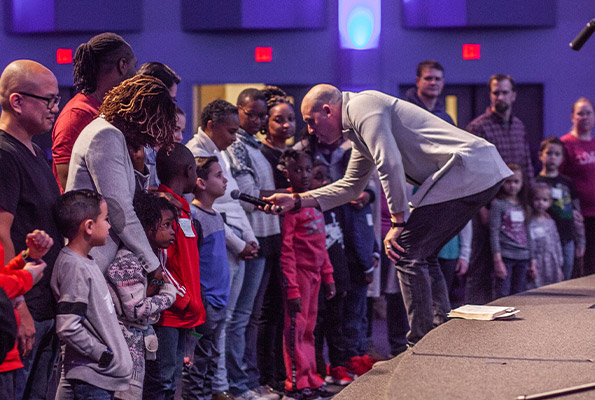
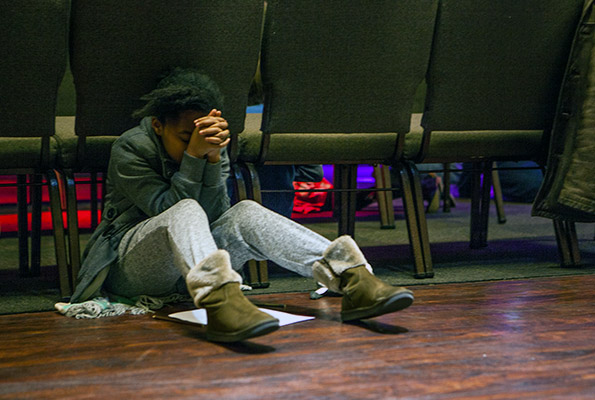
21-day Fast
As a church, we are fasting in order to deepen our relationship with God and to walk in step with His plan and purpose. The best way to do this is to redirect our food source. This is accomplished through substituting our regular food intake with Bible reading, praying, and journaling. The overall goal is to experience a genuine hunger for spending time with God.
Types of Fasts
- Complete Fast
In this type of fast, you drink only liquids, typically water with light juices as an option. - Selective Fast
This type of fast involves removing certain elements from your diet. One example of a selective fast is the Daniel Fast, during which you remove meat, sweets, and bread from your diet and consume water and juice for fluids and fruits and vegetables for food. - Soul Fast
This fast is a great option if you do not have much experience fasting food, have health issues that prevent you from fasting food, or if you wish to refocus certain areas of your life that are out of balance. For example, you might choose to stop using social media or watching television for the duration of the fast and then carefully bring that element back into your life in healthy doses at the conclusion of the fast.